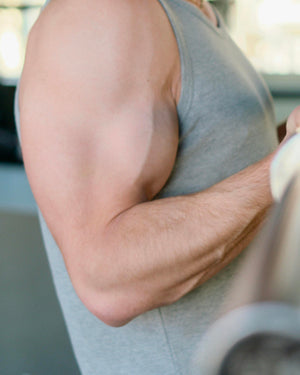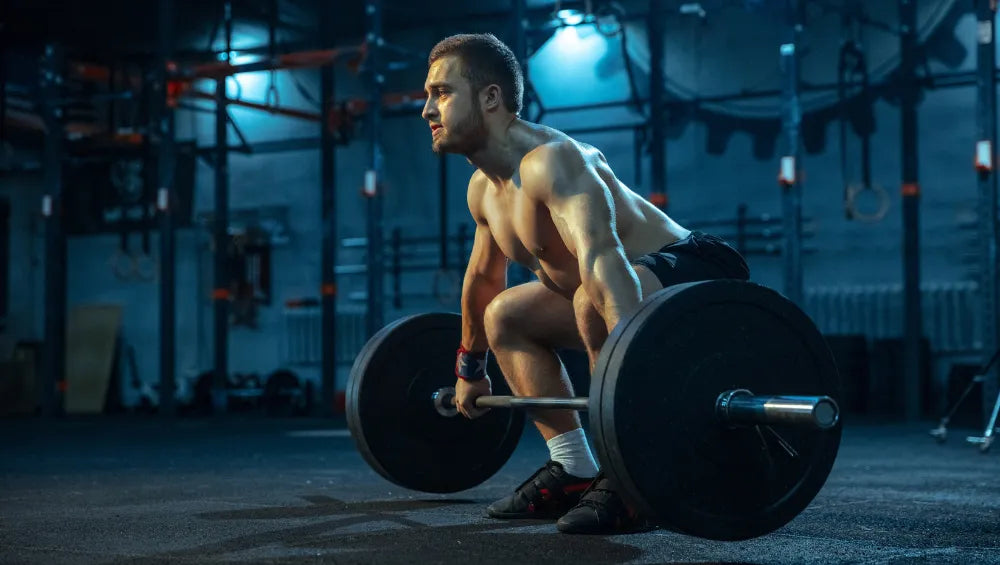In the world of sports, powerlifting , also known as athletic strength, is gaining popularity thanks to its incredible performance and the dedication of the athletes who practice it. This discipline mainly consists of three movements: the squat, the bench press, and the deadlift. In this article, we offer you a complete overview of powerlifting.
Understanding the Basics of Powerlifting
Powerlifting is a strength sport that emphasizes the physical and mental performance of athletes. Competitors must perform specific movements with heavy weights, requiring impeccable technique and great endurance. The competition typically takes place in several stages, where each athlete must successfully complete the three fundamental exercises.
The three main movements
Powerlifting is based on three main movements:
- The squat: This is a leg flexion-extension exercise with a loaded barbell placed across the upper back. The athlete should lower the weight until the hips are at least parallel to the floor, then return to a standing position.
- Bench press: This exercise involves having the athlete lie on a bench and lift a loaded barbell up toward their chest and then away again. The arms should be straight during the upward phase and the elbows unlocked.
- Deadlift: This involves lifting a loaded barbell from the floor to a standing position, keeping your back straight and locking your hips and knees. It's a very complete exercise that works the entire body.
These exercises are performed during competitions, where each participant must achieve the maximum weight they can lift for each movement. The final score is the sum of the three maximum weights lifted.
Competition categories and criteria
In powerlifting, athletes are divided according to age and weight. Men and women compete in separate categories. The age categories are as follows:
- Youth (under 18)
- Juniors (between 19 and 23 years old)
- Seniors (between 24 and 39 years old)
- Masters (40 years and over)
On the other hand, weight classes generally range from under 52 kg to over 120 kg for men and from under 43 kg to over 84 kg for women. Each federation , such as the FSFA , has its own rules regarding weight divisions, but they are generally quite similar.
How does a competition work?
In a powerlifting championship, each athlete has three attempts at each movement. The best result achieved in each exercise is used to calculate the total for the three movements. The athlete with the best total wins the competition in their category.
There are also strict rules regarding the equipment and clothing permitted during competitions, particularly to ensure the safety of athletes.
The Benefits of Powerlifting
Powerlifting has many physical, mental, and social benefits. Key benefits include:
- Muscle development: The three basic exercises involve a large number of muscle groups, thus allowing for harmonious development of the body.
- Strength Improvement: By lifting heavy loads, athletes develop their maximal strength and explosiveness, which can be beneficial in other sports or daily activities.
- Better cardiovascular health: Although powerlifting is primarily an anaerobic sport, the intense effort required during training improves cardiac and respiratory capacity.
- Injury prevention: Correct technique and progression help strengthen joints and tendons, reducing the risk of injury.
- Developing self-confidence: Successfully lifting heavy weights and pushing your limits provides great satisfaction and builds confidence in your abilities.
- The spirit of camaraderie: Powerlifting is a sport where mutual aid and support between athletes are essential, thus creating strong bonds between practitioners.
- Improved posture: Working on technical bodybuilding movements promotes the strengthening of stabilizing muscles and contributes to better posture in everyday life.
How to start powerlifting?
Find a suitable club or room
To get started in powerlifting, it's recommended to train in a specialized club or gym that has the necessary equipment for this discipline. Clubs offer personalized coaching and support from qualified coaches, allowing for rapid progress while avoiding technical errors and the risk of injury associated with these high-intensity exercises.
Learn the basic movements
It's essential to master the basic movements of the squat, bench press, and deadlift before you start adding weight to the bar. A good coach can teach you proper technique and help you correct any mistakes.
Adopt a progressive training program
Beginners in powerlifting should follow a progressive training program, which increases the weights lifted and develops muscular strength while respecting each individual's abilities and limitations. A typical program may include 2 to 4 sessions per week, with specific exercises for each movement and variations to work the muscles in a complementary manner. A cutting program is not mandatory for powerlifting.
Register for a competition
Once you've achieved a certain level of strength and technique, it's worth entering competitions to measure your progress and motivate yourself to continue improving. Local competitions are generally open to beginners and can be an opportunity to familiarize yourself with the format and rules of the sport before aiming for more prestigious events.
Powerlifting: In Summary
Powerlifting is a sport accessible to anyone who wants to develop their muscular strength and physical fitness. Thanks to its classification by weight and gender categories, it offers fair competition for all participants, regardless of their level. Starting in a club or with a specialized coach allows you to learn the basic movements and progress quickly and safely.
Finally, remember that patience and perseverance are the keys to progressing in powerlifting. It's important not to try to lift too heavy before mastering the basic movements to minimize the risk of injury and maximize results.








